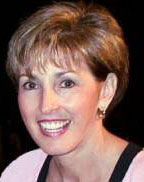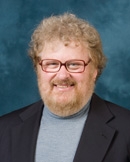The IASTED International Conference on
Computers and Advanced Technology in Education
CATE 2006
October 4 – 6, 2006
Lima, Peru
TUTORIAL SESSION
Classroom uses of Handheld Computers
Abstract
Timeline
Target Audience
Background Knowledge Expected of the Participants
Qualifications of the Instructor(s)s

Dr. Cathleen A. Norris is a Professor in the Department of Technology and Cognition, College of Education at the University of North Texas, in Denton, Texas. Dr. Norris' efforts in research, teaching and service all have a common focus: integrate learning technologies more effectively into classrooms, in K-12 as well as post-secondary education. Cathie is a Past President of the International Society for Technology in Education (ISTE), the leading international organization for technology-minded educators. From 1991 to 2001, she was the President of the National Educational Computing Association (NECA) that organized the premier conference, NECC, on technology in K-12.
 Dr. Elliot Soloway and his colleagues in the Center for Highly Interactive Computing in Education (Hi-CE)—now composed of over 60 undergraduate and graduate students—have been exploring the ways in which computing and communications technologies can be the catalyst in bringing a constructivist, project-based pedagogy to science classrooms. The Hi-CE group is developing science curricula that embeds technology into the everyday experiences of students and teachers. The Hi-CE group is also developing professional development workshops and materials that support teachers in carrying out these project-based, technology-pervasive curricula in their classrooms.
Dr. Elliot Soloway and his colleagues in the Center for Highly Interactive Computing in Education (Hi-CE)—now composed of over 60 undergraduate and graduate students—have been exploring the ways in which computing and communications technologies can be the catalyst in bringing a constructivist, project-based pedagogy to science classrooms. The Hi-CE group is developing science curricula that embeds technology into the everyday experiences of students and teachers. The Hi-CE group is also developing professional development workshops and materials that support teachers in carrying out these project-based, technology-pervasive curricula in their classrooms.References
| [1] |




















